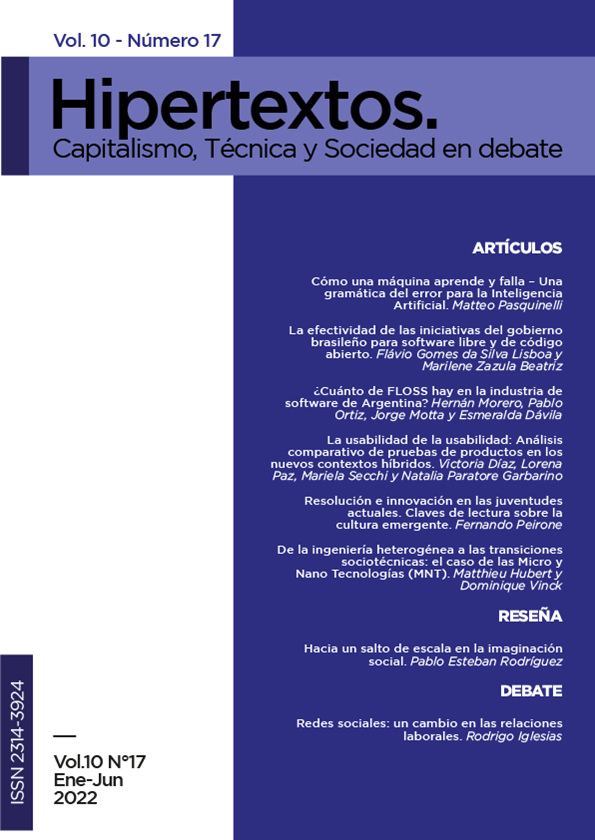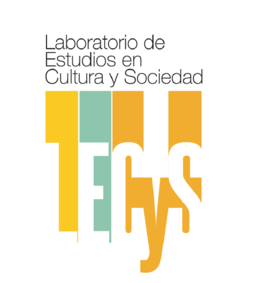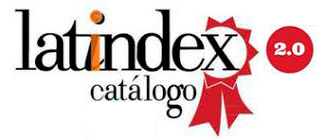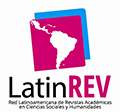From heterogeneous engineering to sociotechnical transitions: the case of Micro and Nano Technologies (MNT)
DOI:
https://doi.org/10.24215/23143924e051Keywords:
innovation, technoscience, transition, heterogeneous engineering, nanotechnologyAbstract
While some STS approaches such as actor-network theory have been criticised for their inability to produce explanatory mechanisms for socio-technical transitions (Geels, 2007), the article shows that such theory allows us to account for a complete socio-technical transition, from the design of roadmaps for R&D laboratories to the diffusion of new technical devices in society, without renouncing to “follow the actors” (Latour, 2006) and their concrete and situated practices. To this end, we analyse Micro and Nano Technologies (MNT) as a case of transition and mobilise the concept of “heterogeneous engineering” (Law, 1989) to explain the capacity for social transformation of technoscientific practices at several key sites of this transition: international committees where technological priorities and roadmaps are defined; laboratories where new technical devices are invented and designed; platforms for experimentation and technology transfer to industry; large research and development programmes where academics and industrialists imagine the uses of these new artefacts and shape new socio-technical infrastructures. The articulation of these different case studies provides some clues to account for the transition processes towards the production and use of MNTs, their massive diffusion in contemporary societies and their possible impacts in terms of digital surveillance and social control.
Downloads
References
Bijker W. E., Hughes T. P., Pinch T. (eds.) (1987). The Social Constructions of Technological Systems. Cambridge, Massachusetts: MIT Press.
Callon M. (1986). Éléments pour une sociologie de la traduction. La domestication des coquilles Saint-Jacques et des marins-pêcheurs dans la baie de Saint-Brieuc, L’Année sociologique, 36, 169-208.
Devalan P. (2006). L’innovation de rupture. Clé de la compétitivité. Paris : Lavoisier.
Downey G. (1992). CAD/CAM saves the nation? Towards an anthropology of technology. In: Hess D., Layne L. (eds). Knowledge and society: the anthropology of science and technology. London: JAI Press Ltd., 142-168.
Fujimura J. (1987). Constructing “Do-able” Problems in Cancer Research. Articulating alignment. Social Studies of Science, 17(2), 257-293.
Galison P. (1997). Image and logic. Material culture of microphysics. Chicago: The University of Chicago Press.
Geels F. W. (2002). Technological transitions as evolutionary reconfiguration processes: A multi-level perspective and a case-study. Research Policy, 31 (8/9), 1257-1274.
Geels F. W. (2007). Feelings of Discontent and the Promise of Middle Range Theory for STS: Examples from Technology Dynamics. Science, Technology & Human Values, 32 (6), 627-651.
Hine C. (2007). Multi-sited Ethnography as a Middle Range Methodology for contemporary STS. Science, Technology, and Human Values, 32 (6), 652-671.
Hoefflinger B. (2012). ITRS: The International Technology Roadmap for Semiconductor. In: Hoefflinger B. (ed.). Chips 2020: A Guide to the Future of Nanoelectronics. Berlin Heidelberg: Springer-Verlag, 161-174.
Hubert M. (2014). Dr. Latour & Mr. Lab : comment concilier étude de laboratoire et théorie de l’acteur-réseau ?, in: Claire Tollis et al. (dir.). L’effet Latour – Ses modes d’existence dans les travaux doctoraux. Paris: Editions Glyphe, 208-223.
Hubert M. (2015). Entre mutualisation des infrastructures et diversité des usages. Le travail de mise en plateforme dans les micro- et nanotechnologies. Revue d’anthropologie des connaissances 9 (4), 467-486 [http://www.cairn.info/revue-anthropologie-des-connaissances-2015-4-page-467.htm].
Hughes T. P. (1983). Networks of power: Electrification in Western society, 1880-1930. Baltimore: Johns Hopkins University Press.
Jasanoff S., Kim S.-H. (2009). Containing the Atom: Sociotechnical Imaginaries and Nuclear Power in the United States and South Korea. Minerva, 47, 119-46.
Latour B. (2006). Changer de société, refaire de la sociologie. Paris: La Découverte.
Law J. (1989). Technology and heterogeneous engineering: the case of Portuguese expansion, In: Bijker W., Hughes T., Pinch T. (eds.) The social construction of technological systems. New directions in the sociology and history of technology. Massachusetts: MIT Press. 111-134.
Merz M., Biniok P. (2010). How Technological Platforms Reconfigure Science-Industry Relations: The Case of Micro- and Nanotechnology. Minerva (48), 105-124.
Shinn T., Ragouet P. (2005). Controverses sur la science. Pour une sociologie transversaliste de l'activité scientifique. Paris: Raisons d'agir.
Star S. L., Griesemer J. (1989). Institutionnal ecology, ‘translations’ and boundary objects: amateurs and professionals on Berkeley’s museum of vertrebate zoology. Social Studies of Science. 19, 387-420.
Sydow J., Windeler A., Schubert C., Möllering G. (2012). Organizing R&D Consortia for Path Creation and Extension: The Case of Semiconductor Manufacturing Technologies. Organization Studies, 33 (7), 907-936.
Terssac (de) G., Lalande K. (2002). Du train à vapeur au TGV. Sociologie du travail d’organisation. Paris: PUF.
Trevelyan J. (2007). Technical Coordination in Engineering Practice. Journal of Engineering Education. (July), 191-204.
Vinck D. (éd.) (2003). Everyday engineering. An ethnography of design and innovation. Cambridge, MA: MIT Press.
Vinck D., Hubert M. (2017). Nanotechnologies : l’invisible révolution. Au-delà des idées reçues. Paris: Editions Le Cavalier Bleu.
Willyard C., Mclees C. (1987). Motorola’s technology roadmap process. Research Management. (September-October), 13-19.
Downloads
Published
How to Cite
Issue
Section
License

This work is licensed under a Creative Commons Attribution-NonCommercial-NoDerivatives 4.0 International License.
























